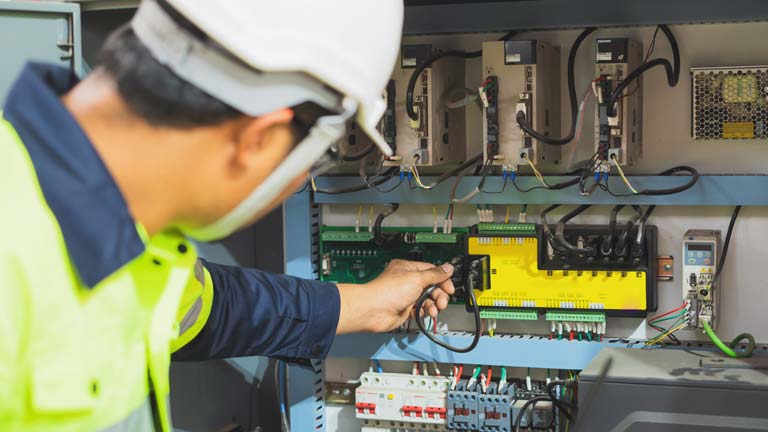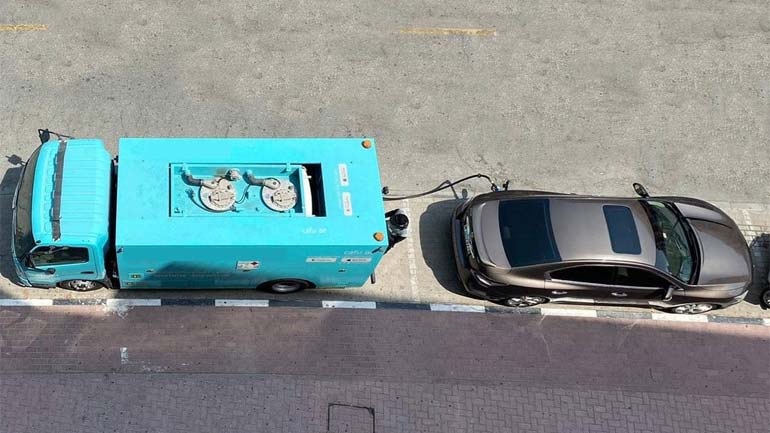
Energy costs can drive up a large part of any business’s budget. By making some necessary and straightforward changes in the workplace, you can reduce your energy costs. Besides workplace changes, other assistance sources can temporarily help, and we will cover those in detail. However, the significant first step is to complete an internal energy audit, or a professional review and assessment, of your current energy use. You cannot change something unless you know what needs to change in the first place.
Energy Audit
A stake in the ground needs to be established with regard to your company’s current energy usage. No doubt the bills you receive provide you with the total cost picture, but what devices or equipment significantly contribute to these overall costs? After the initial energy audit, you will know what items can be identified for additional scrutiny towards becoming more energy efficient.
The actions that can be taken to commence lowering those costs will add to your energy savings plan. The initial audit will also contribute to the comparative exercise necessary to determine your energy cost savings strategies’ effectiveness.
Workplace Energy Cost Changes
Powersave Features
Establish an IT policy that requests that power save mode is required for all computer workstations. Computers can be configured to enter into sleep mode after a preset period. Other electronic devices can also be similarly treated or shut down when not used for extended periods.
Also, remind all employees who are to embark on a vacation to shut down all of their electronic equipment beforehand.
Clear All Air-Conditioning Vents
If furniture or paper even partially covers your office ventilation uptake vents, the internal system will consume more power to shift the hot or cold air throughout the ventilation shafts. Regularly check that there is clear space in front of your vents, and conduct regular inspections to ensure it remains.
Cloud Computing
Most businesses are hesitant to move key business applications into the Cloud. Digital transformations are costly and do not have a guaranteed successful outcome.
However, computer rooms are expensive to run and maintain – not only is there the required energy to power all of the interconnected network devices, but they need to be kept cool. Even migrating partial systems into the Cloud is a sensible and energy-saving venture that should demand further due diligence.
Upgrade to Energy Saving devices
An essential tool for comparing the energy performance of devices is an energy rating. These energy labels can assist you to compare products before you buy.
Make it a standard operating procedure that any equipment that has reached its end-of-life, that the most energy-efficient rated device is seriously contemplated to replace its predecessor.
COVID Impact
If your business is grappling to pay energy bills because of COVID-19 consequences, there may be other options available. If you cannot pay on time or have received a disconnection notice, contact your energy supplier to discover how they can possibly help.
Your company may be able to delay energy payments for a specific timeframe, pay your outstanding bills off in smaller amounts, and avoid any disconnection exercise from occurring.
Conclusion
Utility bill management requires deep thought and specific action. While the process might be arduous, the long-term financial and sustainable benefits will be rewarding.
We hope some of the tips provided in this article might help your company manage its energy bills more frugally.




